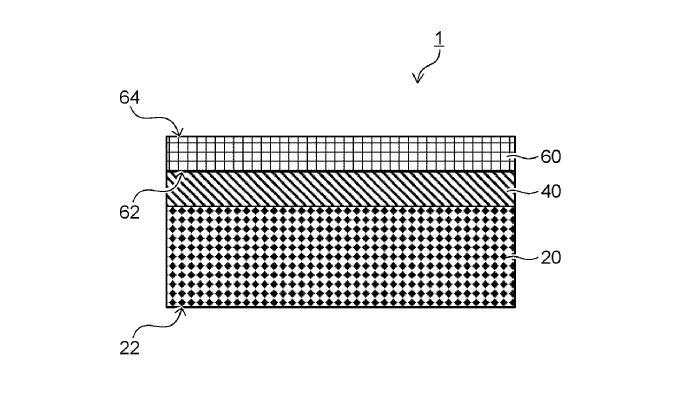One of the latest developments in hydrogen field is a patent for a hydrogen separation filter with enhanced selectivity.
This design promises to improve the efficiency and selectivity of hydrogen separation, paving the way for more sustainable energy applications.
The patented hydrogen separation filter is composed of several key components, each contributing to the filter’s overall performance. The filter includes a foil made from a first metal, which is crucial for its foundational structure. This foil is selected from metals such as Palladium (Pd), Vanadium (V), Tantalum (Ta), Niobium (Nb), and their alloys. These metals are known for their durable and robust properties, making them ideal for industrial applications.
Lattice Expansion Layer
A distinctive aspect of this filter design is the lattice expansion layer, which is formed on the metal foil. This layer consists of a second metal, and its primary function is to optimize the structural characteristics of the filter. By effectively expanding the lattice structure, this layer enhances the filter’s ability to selectively separate hydrogen from other gases, thereby improving its performance.
Hydrogen Dissociation Layer
Another critical feature of this innovative filter is the hydrogen dissociation layer, which is positioned on the lattice expansion layer. Made of a third metal, this layer plays a vital role in the dissociation of hydrogen molecules. By facilitating the breakdown of molecular hydrogen into atomic hydrogen, it ensures better permeability and selectivity, enabling the filter to perform its separation functions more effectively.
Significance of Enhanced Hydrogen Selectivity
The enhanced hydrogen selectivity offered by this newly patented filter is particularly significant for various industries. Hydrogen selectivity refers to the filter’s ability to selectively allow hydrogen molecules to pass through while blocking other gases. This selective permeability is essential for industries such as energy production, chemical synthesis, and fuel cell technology, where pure hydrogen is a critical requirement. By improving hydrogen selectivity, this filter not only boosts the efficiency of hydrogen production processes but also contributes to reduced environmental impact and increased sustainability.





